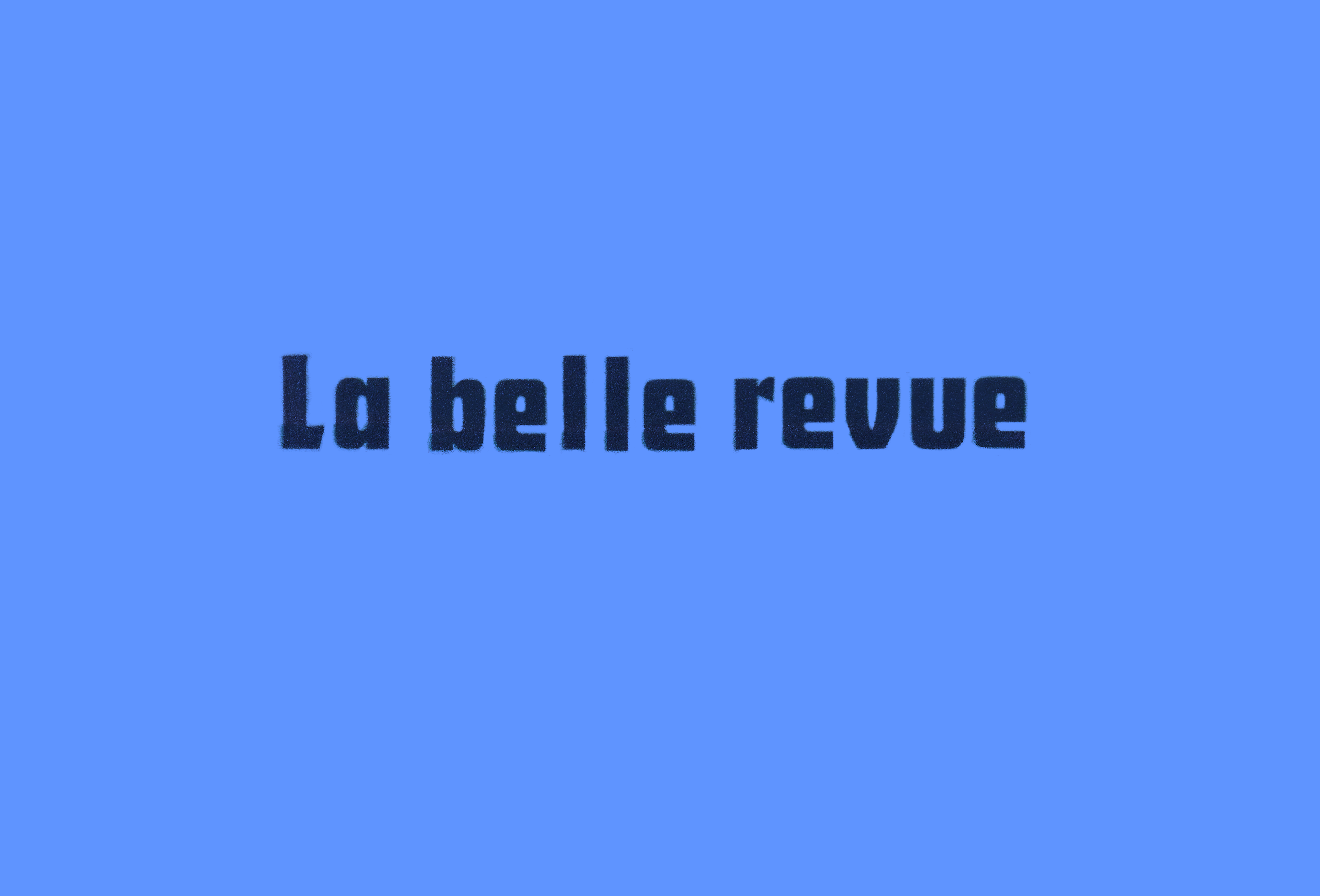The Global Terroir section was created to promote emerging art scenes outside major cultural centres by giving a voice to local authors, artists and writers in order to offer a critical perspective on their own environment. After Malmö (Sweden), Porto (Portugal), Bangkok (Thailand) and Cape Town (South Africa), this year we decided to highlight the more established art scene of Beirut, thereby distancing ourselves from the guidelines of our rubric temporarily.
Owing to the historical vicissitudes and cultural proximity between our two countries, France and its institutions have always been attentive to the artistic context of Lebanon. In recent years, several major exhibitions have been devoted to Lebanese artists: in 2015 the Centre Pompidou dedicated a major retrospective to Mona Hatoum, the Jeu de Paume and the CAPC in Bordeaux collaborated with Ali Cherri as part of the Satellite 10 programme, the duo Joana Hadjithomas and Khalil Joreige won the Marcel Duchamp Prize in 2017, and in 2014 the Carré d'art in Nîmes presented the first museum retrospective in France of Walid Raad and his research conducted as part of the Atlas Group project (1989–2004).
The choice of Beirut results from the interest in talking about the cultural dynamism of this city, its current artistic context with its concerns in a situation of constant change following the shutdown of some historical projects such as the 98weeks Research Project, the launch of new initiatives such as the Beirut Art Residency and its related projects (Project Space, La Vitrine), the opening of the CUB gallery, the creation of private foundations such as the Aïshti Foundation, the re-opening of the Sursock Museum and the future construction of the Beirut Museum of Art (BeMA), scheduled for 2020.
The writer Rayya Badran, a professor at the American University of Beirut and at the Lebanese Academy of Fine Arts, talks about the evolution of artistic venues in Beirut and about the precarious and uncertain situation that gives rise to new forms of production and knowledge in a scenario where the almost total absence of public funding has developed a sponsorship system that sees banks and private companies playing an increasingly important role in shaping the local context.
An integral part of this initiative, presented by curator and writer Rachel Dedman, is the search for alternative models of operation and financing of artistic projects, also revealed in Mansion, a project launched by artist and architect Ghassan Maasri. In Dedman’s text, she situates Mansion and its activities as a starting point to connect with the practices of Lebanese artists such as Abed Al Kadiri, Gregory Buchakjian and Ieva Saudargaité, who question the changes in the economic, social and architectural context in Beirut today.
Finally, Sirine Fattouh, an artist and researcher, discusses the consequences of the 1991 institutional amnesty and the central role of collective memory in the work of the first generation of post-war artists. She reviews and analyses some of the major works at the origin of the contemporary Lebanese art scene, including Objects of War, a video installation by artist Lamia Joreige and the film Ashbah Beirut (Ghassan Salhab's Ghassan Phantom Beirut).


